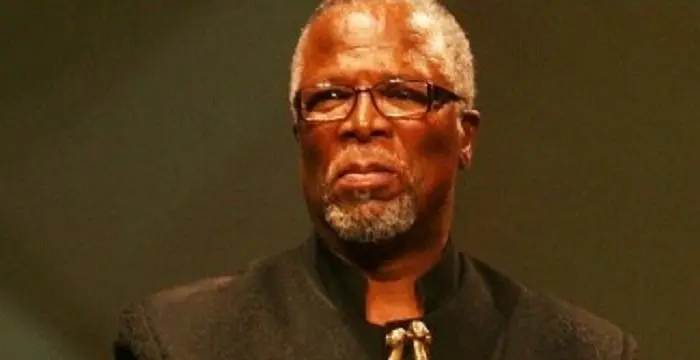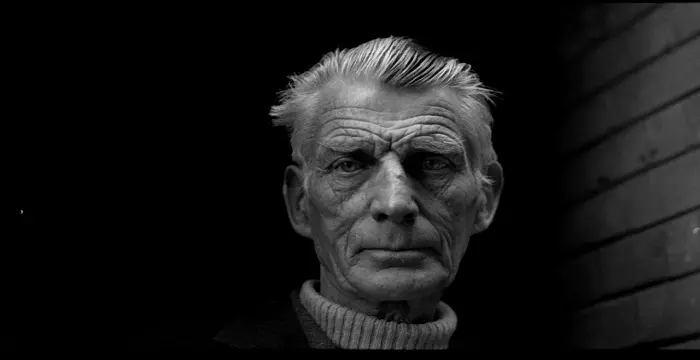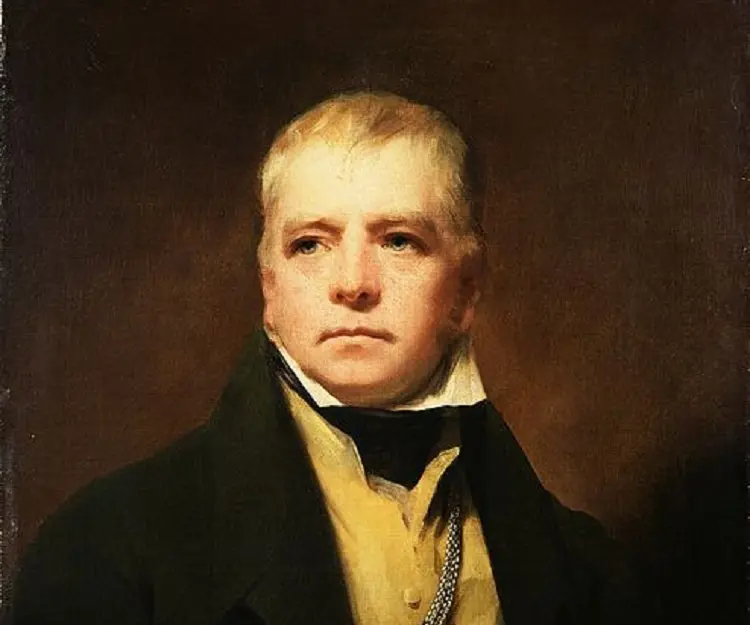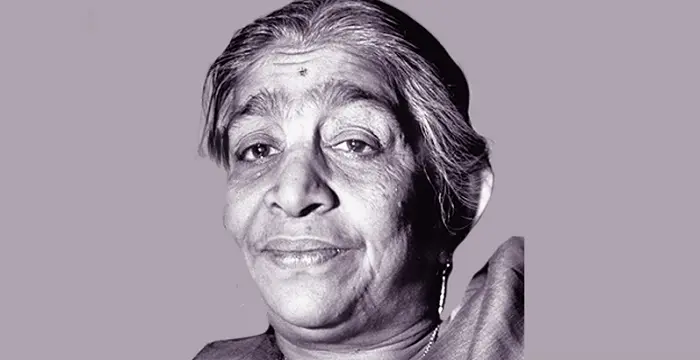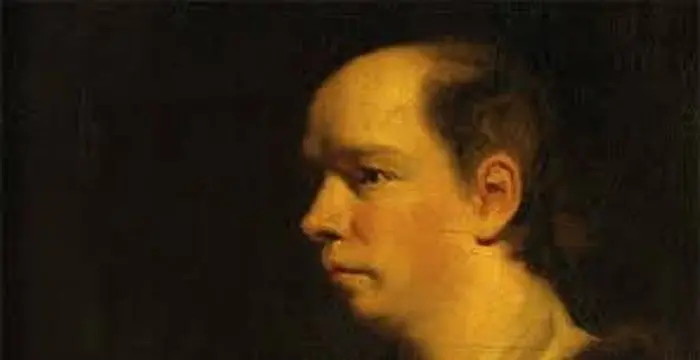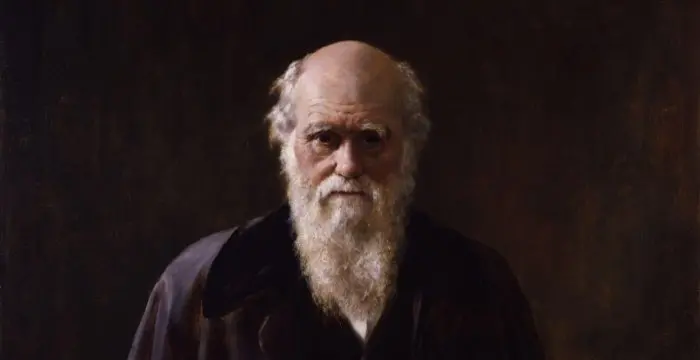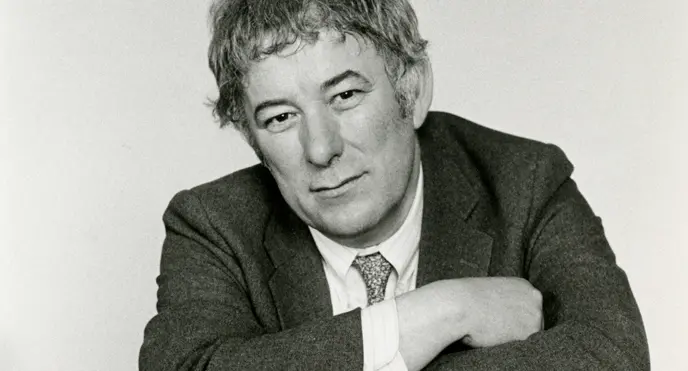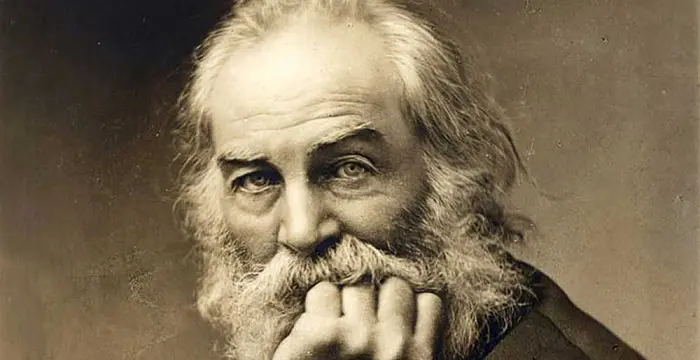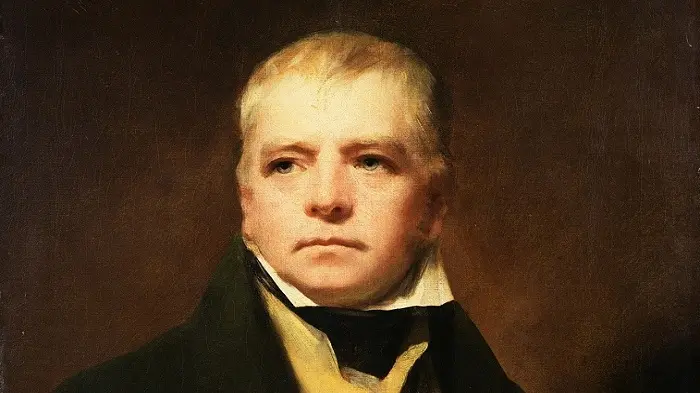
Walter Scott - Writers, Family and Life
Walter Scott's Personal Details
Sir Walter Scott was a Scottish historical poet, novelist and playwright
| Information | Detail |
|---|---|
| Birthday | August 15, 1771 |
| Died on | September 21, 1832 |
| Nationality | Scottish |
| Famous | University Of Edinburgh, Writers, Poets, Novelists, Playwrights |
| Spouses | Charlotte Carpenter |
| Known as | Malachi Malagrowther, Scott, Sir Walter, Jedediah Cleishbotham |
| Childrens | Walter Scott |
| Universities |
|
| Notable Alumnis |
|
| Birth Place | Edinburgh |
| Gender | Male |
| Father | Walter Scott |
| Mother | Anne Rutherford |
| Sun Sign | Leo |
| Born in | Edinburgh |
| Famous as | Novelist |
| Died at Age | 61 |
// Famous Playwrights
Tennessee Williams
Tennessee Williams was one of the greatest playwrights of the 20th century. This biography of Tennessee Williams provides detailed information about his childhood, life, achievements, works and timeline.
John Kani
John Kani is a South African actor, voice actor, playwright and director. Check out this biography to know about his birthday, childhood, family life, achievements and fun facts about him.
Samuel Beckett
Samuel Beckett was an Irish playwright, novelist, theatre director and poet. This biography profiles his childhood, life, works, achievements and timeline
Walter Scott's photo
Who is Walter Scott?
Sir Walter Scott, 1st Baronet was a Scottish novelist, poet, and playwright. He introduced the genre of historical writing and is considered to be its greatest practitioner. Born in Edinburgh Scotland, Scott was the first modern English writer to have an international career, his works enjoying wide readership across Europe, North America and Australia. Professionally a legal administrator and advocate, he worked as a clerk in the Court of Session and Sheriff Deputy of Selkirkshire. However, despite having a career in law, he soon realized his true calling in writing. Scott made his foray into literary world as a poet, earning critical acclaim and popularity. He ventured forth and tried the less-explored genre of prose fiction, which was then considered inferior to poetry. His first novel, ‘Waverley’ was widely appreciated and led to many more novels by him. What gave him the edge over other writers was his brilliant storytelling technique. Furthermore, his deep knowledge of Scottish history and society and his acute observation enabled him to rightfully depict the same in his writings
// Famous University Of Edinburgh
Sarojini Naidu
Sarojini Naidu was an Indian freedom fighter and poet. Read this brief biography to find more on her life.
Oliver Goldsmith
Oliver Goldsmith was an Anglo-Irish essayist and novelist of the 18th century. Go through this biography to know in details about his life, profile, childhood and timeline.
Charles Darwin
Charles Darwin was one of the most influential figures in human history. Go through this biography to get details about his life, profile and timeline.
Childhood & Early Life
Sir Walter Scott was born on August 15, 1771, in Edinburgh, Scotland. His father was a lawyer and his mother was the daughter of a physician.
When he was two, he suffered from polio which left him lame. Young Scott spent much of his growing up years in Sandyknowe with his paternal grandparents.
As a child, he was fond of listening to tales and legends of the Scottish border. He was a voracious reader, reading almost everything he laid his hands on, right from history and drama to fairy tales and romance.
In 1778, he returned to Edinburgh. Following year, he began his formal studies at the Royal High School of Edinburgh. By this time, he was able to walk but with a pronounced limp.
Finishing school, he moved to Kelso for six months, studying at the local grammar school. In 1783, he enrolled at the University of Edinburgh to study classics. There he befriended Adam Ferguson and Thomas Blacklock.
Career
In 1786, he apprenticed at his father’s office as a Writer to the Signet. Taking up a career in law, he went back to the university to gain a formal degree in the subject. Completing his studies, he became a lawyer in Edinburgh and was called to the bar in 1792.
In 1796, he began his literary career, starting off by translating the works from German. His first publication was translations of two rhymed version of ballads by Gottfried August Burger, ‘The Chase’ and ‘William and Helen’
Following his first publication, he translated the works of Goethe’s ‘Gotz von Berlichingen’ in 1799. Same year, he was appointed Sheriff-Depute of the County of Selkirk, based in the Royal Burgh of Selkirk.
In 1800, his first original work, ‘Glenfinals’ and ‘The Eve of St John’, was published. Written in a short narrative style, the poetry brought him much public attention and appreciation.
His childhood interest in border ballads finally took the form of three volume poetry collection by the name, ‘Minstrelsy Of the Scottish Border’ which was published in 1802-03. With this collection, he attempted to restore the original compositions but with a touch of romanticism. The collection also gave a glimpse of his long-standing interest in Scottish history.
In 1805, Scott came up with his earliest masterpiece, ‘The Lay of the Last Minstrel’ which gained much limelight and successfully established his career as a writer. Revolving around an old border country legend, the long-narrative poem vividly described the natural landscape and Scottish history with its story-telling side.
Following the success of ‘The Lay of the Last Minstrel’, he came up with several other poems including ‘Marmion’, ‘The Lady of the Lake’, ‘Rokeby’ and ‘The Lord of the Isles’.
In 1806, he was promoted as the clerk to the Court of Session in Edinburgh. The appointment was welcomed as it supplemented his income from his writings.
In 1809, he persuaded his friend James Ballantyne to establish a publishing house in Edinburgh. However, by 1825, the firm was on the verge of bankruptcy. Most of earnings from his writing thereafter were directed at clearing the debts incurred.
After gaining a celebrity status through his collection of poetry, Scott turned his attention to prose fiction. He attempted to portray the Scottish historical events in an innovative fashion. His first novel ‘Waverly’ was published anonymously in 1814. It dealt with the subject of the Scottish Rebellion of 1745.
Following the success of ‘Waverly’, he came up with a succession of novels namely, ‘Tales of My Landlord’, ‘The Bride of Lammermoor’, ‘Rob Roy’, ‘A Legend of Montrose’ and ‘Ivanhoe’. ‘Ivanhoe’ set in the 12th century England is Scott’s best known novel till date. All his prose works were anonymously published and were better known as ‘Waverly novels’ till in 1827 he revealed his identity.
Interestingly, prose fiction that was long-considered inferior to poetry enjoyed a new-found status in the society, due to Scott’s writing. Continuing with his stint at prose, in the 1820s, he came up with several more noteworthy fiction tales including ‘Kenilworth’, ‘The Fortunes Of Nigel’, ‘Peveril Of The Peak’, ‘Quentin Durward’, ‘The Talisman’, ‘Woodstock’, ‘The Surgeon's Daughter’, and ‘Anne Of Geierstein’ amongst many others.
His explorations and interpretations of Scottish history increased his popularity by manifolds. He attracted the attention of Prince Regent who gave consent to Scott to find the long-lost Crown Jewels. In 1818, with the help of a team of military personnel, he unearthed the honors from Edinburgh Castle. This gesture earned him the title of baronet, which he formally received in 1820 in London, thus becoming Sir Walter Scott, 1st Baronet.
Major Works
Scott’s earliest career success came with the three- volume poetry collection, ‘The Lay of the Last Minstrel’. He later invented the genre of modern historical novels with his prose fiction, his first novel being, ‘Waverley’ that gained a cult status and enjoyed wide appreciation. Most of his works gave an insight about his deep knowledge of Scottish history and the region. His brilliant storytelling technique beautifully interweaved the Scottish history and the society in a captivating manner.
Personal Life & Legacy
Scott had an unsuccessful love relationship with Williamina Belsches of Fettercairn. The early failure had a catastrophic effect on him emotionally.
In 1797, he first met Charlotte Genevieve Charpentier. After three weeks of courtship, the two married on Christmas Eve at St Mary's Church, Carlisle. The couple was blessed with five children, of which four survived. His wife passed way in 1826.
He was ordained as an elder in the Presbyterian Church of Duddington and sat in the General Assembly for a time as representative elder of the burgh of Selkirk.
By 1830s, he suffered from frail health, a condition which worsened further. After his grand tour of Europe, he returned to Scotland in 1832. Shortly thereafter, he died on September 21, 1832, at his home in Abbotsford.
For his outstanding contribution to literature, he has been commemorated in various ways. A Victorian Gothic spire of the Scott Monument almost 61.1 m long was built in Edinburgh. Others include a stone slab in Makar’s Court and Walter Scott’s Monument in the centre of George Square.
Edinburgh’s Waverley Railway Station bears its name to one of his novels. Furthermore, several of his quotes have been mentioned on the Canongate Wall of the Scottish Parliament Building.
All the bank notes issued by the Bank of Scotland bears his appearance on the front side. This was done after he retained the right of Scottish banks to issue their own notes through his series of letters in Edinburgh Weekly Journal.
The Duke and Duchess of Buccleuch initiated the annual Walter Scott Prize for Historical Fiction in 2010. The prize money worth £25,000 is one of the largest prizes in British literature.
// Famous Poets
Charles Bukowski
Charles Bukowski was a German-born American novelist, short story writer and poet. With this biography, learn in details about his childhood, life, works, career and timeline
Seamus Heaney
Nobel Laureate Seamus Heaney was an Irish poet, playwright and translator. Know about his profile, childhood, life and timeline in the biography below.
Walt Whitman
Walt Whitman was an American poet, journalist and humanist. Read this brief biography to find more on his life & timeline.
Walter Scott biography timelines
- // 1745 To 1814After gaining a celebrity status through his collection of poetry, Scott turned his attention to prose fiction. He attempted to portray the Scottish historical events in an innovative fashion. His first novel ‘Waverly’ was published anonymously in 1814. It dealt with the subject of the Scottish Rebellion of 1745.
- // 15th Aug 1771Sir Walter Scott was born on August 15, 1771, in Edinburgh, Scotland. His father was a lawyer and his mother was the daughter of a physician.
- // 1778In 1778, he returned to Edinburgh. Following year, he began his formal studies at the Royal High School of Edinburgh. By this time, he was able to walk but with a pronounced limp.
- // 1783Finishing school, he moved to Kelso for six months, studying at the local grammar school. In 1783, he enrolled at the University of Edinburgh to study classics. There he befriended Adam Ferguson and Thomas Blacklock.
- // 1786 To 1792In 1786, he apprenticed at his father’s office as a Writer to the Signet. Taking up a career in law, he went back to the university to gain a formal degree in the subject. Completing his studies, he became a lawyer in Edinburgh and was called to the bar in 1792.
- // 1796In 1796, he began his literary career, starting off by translating the works from German. His first publication was translations of two rhymed version of ballads by Gottfried August Burger, ‘The Chase’ and ‘William and Helen’
- // 1797 To 1826In 1797, he first met Charlotte Genevieve Charpentier. After three weeks of courtship, the two married on Christmas Eve at St Mary's Church, Carlisle. The couple was blessed with five children, of which four survived. His wife passed way in 1826.
- // 1799Following his first publication, he translated the works of Goethe’s ‘Gotz von Berlichingen’ in 1799. Same year, he was appointed Sheriff-Depute of the County of Selkirk, based in the Royal Burgh of Selkirk.
- // 1800In 1800, his first original work, ‘Glenfinals’ and ‘The Eve of St John’, was published. Written in a short narrative style, the poetry brought him much public attention and appreciation.
- // 1802His childhood interest in border ballads finally took the form of three volume poetry collection by the name, ‘Minstrelsy Of the Scottish Border’ which was published in 1802-03. With this collection, he attempted to restore the original compositions but with a touch of romanticism. The collection also gave a glimpse of his long-standing interest in Scottish history.
- // 1805In 1805, Scott came up with his earliest masterpiece, ‘The Lay of the Last Minstrel’ which gained much limelight and successfully established his career as a writer. Revolving around an old border country legend, the long-narrative poem vividly described the natural landscape and Scottish history with its story-telling side.
- // 1806In 1806, he was promoted as the clerk to the Court of Session in Edinburgh. The appointment was welcomed as it supplemented his income from his writings.
- // 1809 To 1825In 1809, he persuaded his friend James Ballantyne to establish a publishing house in Edinburgh. However, by 1825, the firm was on the verge of bankruptcy. Most of earnings from his writing thereafter were directed at clearing the debts incurred.
- // 1818 To 1820His explorations and interpretations of Scottish history increased his popularity by manifolds. He attracted the attention of Prince Regent who gave consent to Scott to find the long-lost Crown Jewels. In 1818, with the help of a team of military personnel, he unearthed the honors from Edinburgh Castle. This gesture earned him the title of baronet, which he formally received in 1820 in London, thus becoming Sir Walter Scott, 1st Baronet.
- // 1827Following the success of ‘Waverly’, he came up with a succession of novels namely, ‘Tales of My Landlord’, ‘The Bride of Lammermoor’, ‘Rob Roy’, ‘A Legend of Montrose’ and ‘Ivanhoe’. ‘Ivanhoe’ set in the 12th century England is Scott’s best known novel till date. All his prose works were anonymously published and were better known as ‘Waverly novels’ till in 1827 he revealed his identity.
- // 21st Sep 1832By 1830s, he suffered from frail health, a condition which worsened further. After his grand tour of Europe, he returned to Scotland in 1832. Shortly thereafter, he died on September 21, 1832, at his home in Abbotsford.
- // 2010The Duke and Duchess of Buccleuch initiated the annual Walter Scott Prize for Historical Fiction in 2010. The prize money worth £25,000 is one of the largest prizes in British literature.
// Famous Writers
Joyce Meyer
Joyce Meyer is a Christian author and speaker. This biography provides detailed information about her childhood, life, achievements, works & timeline
Temple Grandin
Temple Grandin is a well-known American writer, autistic activist and animal expert. This biography profiles her childhood, life, achievements, career and timeline
Tennessee Williams
Tennessee Williams was one of the greatest playwrights of the 20th century. This biography of Tennessee Williams provides detailed information about his childhood, life, achievements, works and timeline.
Charles Bukowski
Charles Bukowski was a German-born American novelist, short story writer and poet. With this biography, learn in details about his childhood, life, works, career and timeline
Susan Sontag
Susan Sontag is an American critical essayist, cultural analyst, novelist, political activist, filmmaker and playwright of international repute. Read on to find out more about her childhood, career, profile and timeline.
Suze Orman
Suze Orman is an American television host, financial advisor, author and motivational speaker, famous for her ‘The Suze Orman Show’ on CNBC. This biography profiles her childhood, life, career, works, achievements and timeline.
Walter Scott's FAQ
What is Walter Scott birthday?
Walter Scott was born at 1771-08-15
When was Walter Scott died?
Walter Scott was died at 1832-09-21
Where was Walter Scott died?
Walter Scott was died in Abbotsford House
Which age was Walter Scott died?
Walter Scott was died at age 61
Where is Walter Scott's birth place?
Walter Scott was born in Edinburgh
What is Walter Scott nationalities?
Walter Scott's nationalities is Scottish
Who is Walter Scott spouses?
Walter Scott's spouses is Charlotte Carpenter
Who is Walter Scott childrens?
Walter Scott's childrens is Walter Scott
What was Walter Scott universities?
Walter Scott studied at University Of Edinburgh, University of Edinburgh, Royal High School, Edinburgh
What was Walter Scott notable alumnis?
Walter Scott's notable alumnis is University Of Edinburgh
Who is Walter Scott's father?
Walter Scott's father is Walter Scott
Who is Walter Scott's mother?
Walter Scott's mother is Anne Rutherford
What is Walter Scott's sun sign?
Walter Scott is Leo
How famous is Walter Scott?
Walter Scott is famouse as Novelist

